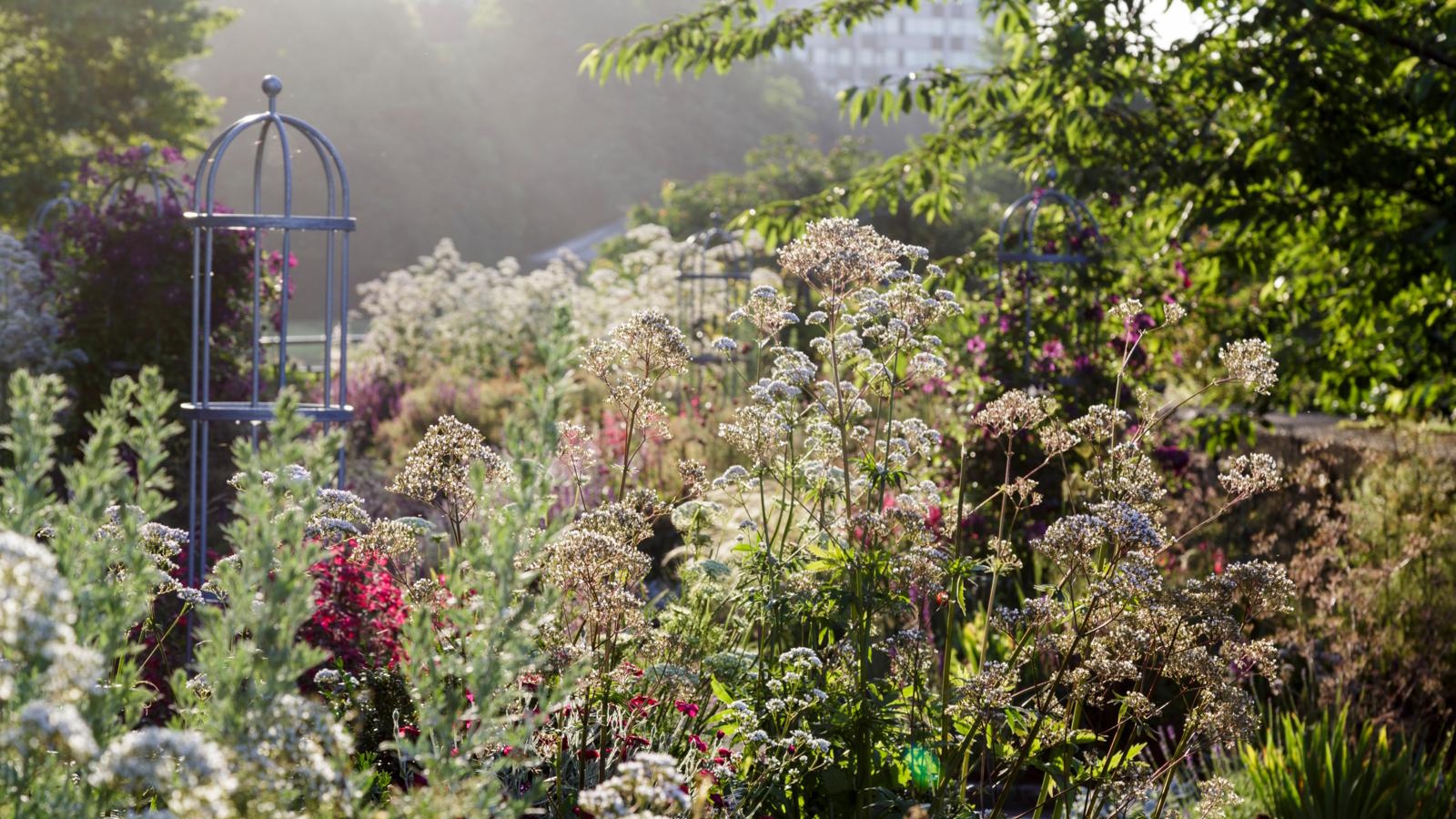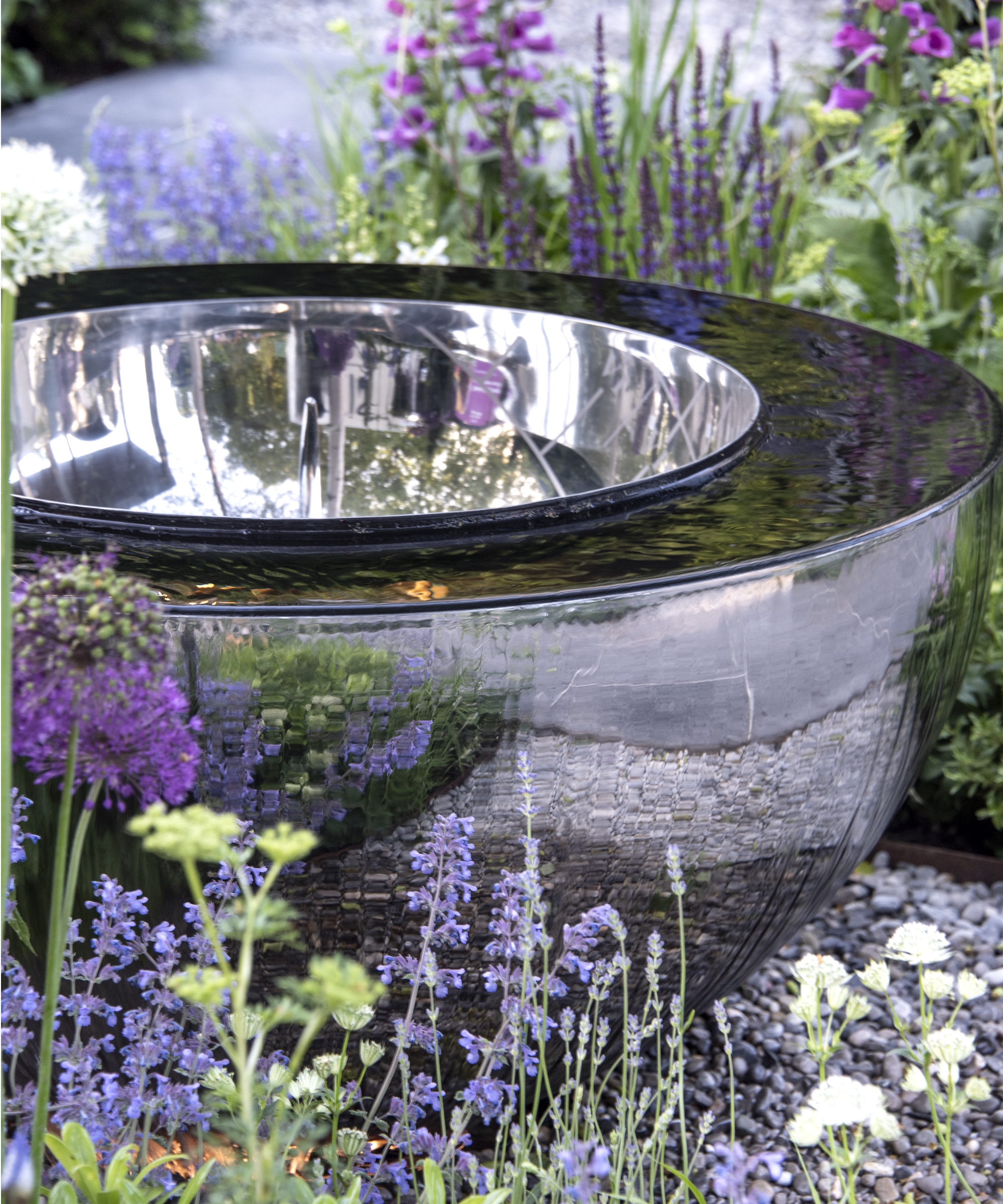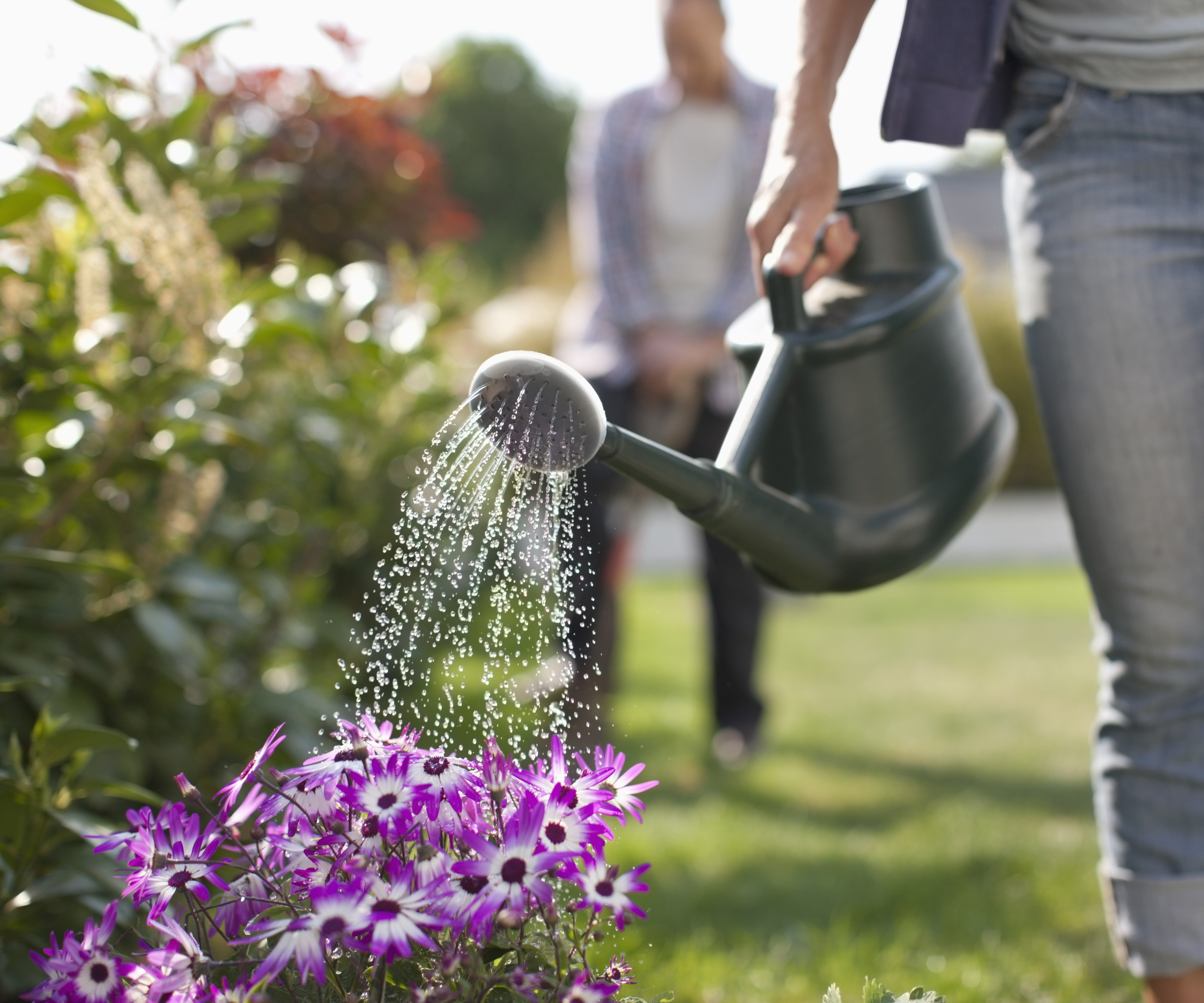Gardeners are urged to stock up on coconut sugar in the heatwave – it's the secret ingredient to reviving heat-stressed plants fast
This baking essential helps keep plants hydrated in extreme heat


With imminent heatwaves threatening backyards across the US and UK, it's important for gardeners to put some preparation in place to ensure garden plants stay hydrated. But sometimes it's impossible to prevent all drooping and wilting from such extreme heat. The good news, however, is we've discovered a hack just in time that will rejuvenate your plants quickly post-heatwave. All you need is coconut sugar.
There are a few things you can do to protect plants in a heatwave, but your efforts can sometimes only go so far. For this reason, it's a good idea to deeply water your plants with coconut sugar water once temperatures have cooled down again. It essentially supports the microbes working in the soil to aid plant roots in taking up moisture and rehydrating – much like using sugar water for plants.
But, it isn't as simple as pouring coconut sugar water over your plants. You need to get the timing, frequency, and volume right for this hack to be effective. Let's take a closer look at how to use coconut sugar to revive plants after a heatwave.

How to use coconut sugar to revive plants after a heatwave
The reason coconut sugar water works to rejuvenate drooping and wilting plants that have experienced heat stress is not because it hydrates plants directly, but rather because it feeds the microbes that support plant health.
'Beneficial microbes are tiny microorganisms in the soil that improve soil structure and make more essential plant nutrients available for your plants,' explains Homes & Gardens' Head of Gardens, Rachel Bull.
'Coconut sugar (from Walmart) is a food source for microbes and contributes to a healthier ecosystem in your soil, resulting in better soil health that allows plants to take up moisture and nutrients more easily, bouncing back from heat stress more quickly,' she adds.
How to use coconut sugar in the yard after a heatwave

When it comes to using coconut sugar to revive plants after a heatwave, there is a little bit of preparation needed.
Design expertise in your inbox – from inspiring decorating ideas and beautiful celebrity homes to practical gardening advice and shopping round-ups.
You'll best reap the rewards of coconut sugar by making a mixture with water, rather than applying the sugar directly to plants. This will allow the microbes in the soil to soak it up sooner.
'A good ratio is a tablespoon of coconut sugar (from Amazon) with a litre of water,' Rachel notes. Use this to water your plants every couple of weeks to help them recover from any drooping and wilting from heat.
You may find using a watering can with a shower spout (like this one from Amazon) provides a more gentle watering, essential for those plants that have already experienced stress from heat.
As noted, it's best to only use this mixture on your plants every couple of weeks. In between, flush away any build-up of sugar with plain water. Too much sugar can attract harmful bacteria and pests, and may cause some fungal diseases.
You should also follow the same guidelines for watering plants in hot weather when choosing to use coconut sugar to revive plants after a heatwave.
Don't water during the hottest part of the day, rather choose to water in the early morning or evening when temperatures are cooler. This will reduce the risk of rapid evaporation and leaf scorch.
To avoid overwatering, consider using this Amazon soil moisture meter to monitor water levels in the soil.

Rachel is a gardening editor, flower grower and floral designer. Her journalism career began on Country Living magazine, sparking a love of container gardening and wild planting. After more than a decade writing for and editing a range of consumer, business and special interest titles, Rachel became editor of floral art magazine The Flower Arranger. She then trained and worked as a floral designer and stylist in London for six years, before joining the Homes & Gardens team.
FAQs
Should you prune heat-stressed plants?
Yes, it's a good idea to prune heat-stressed plants to remove any damaged foliage, flowers, and stems that won't recover. However, you should only prune your plants once temperatures have cooled down again, as you don't want to add further stress. Likewise, follow the one third pruning rule to prevent shocking the plant and stunting growth. Make sure to use essential pruning tools (like these pruning shears from Amazon) when doing this, to ensure you make clean cuts.
Not only are your plants at risk from a heatwave, you may also want to read up on how to protect your lawn during a heatwave to ensure it stays thick and green this summer. Of course, this can build up an expensive water bill, so read our guide to reducing watering in the garden while keeping plants hydrated.

Tenielle is a Gardens Content Editor at Homes & Gardens. She holds a qualification in MA Magazine Journalism and has over six years of journalistic experience. Before coming to Homes & Gardens, Tenielle was in the editorial department at the Royal Horticultural Society and worked on The Garden magazine. As our in-house houseplant expert, Tenielle writes on a range of solutions to houseplant problems, as well as other 'how to' guides, inspiring garden projects, and the latest gardening news. When she isn't writing, Tenielle can be found propagating her ever-growing collection of indoor plants, helping others overcome common houseplant pests and diseases, volunteering at a local gardening club, and attending gardening workshops, like a composting masterclass.
You must confirm your public display name before commenting
Please logout and then login again, you will then be prompted to enter your display name.